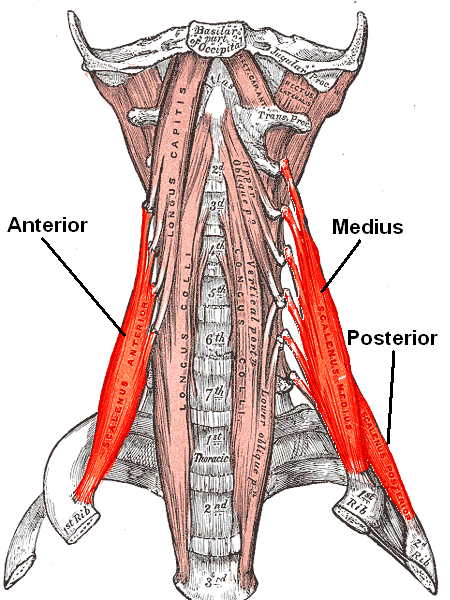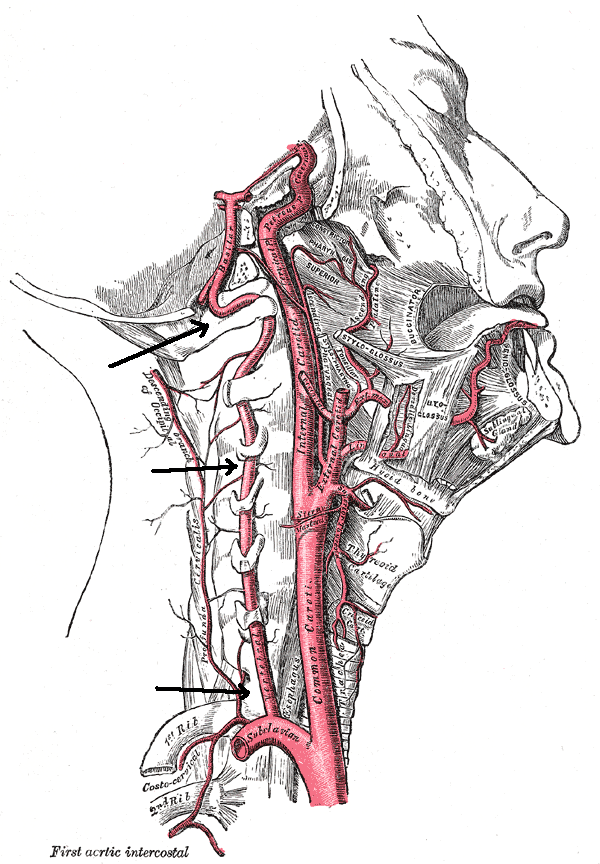When we exclude the causes of neurological nature, by getting clear vestibular imaging and brain MRI scan, full arterial flow, and also by the absence of borreliosis or tetany, it is worth to proceed towards biomechanics and some characteristics of suboccipital muscles’ muscle tissue, and the specificity of the suboccipital area and scalene muscles area.
First of all, to explain the cause of vertigo, I must explain what is happening in our body.
The suboccipital muscles are a group of small, deeply seated muscles connecting the first two vertebrae – Atlas C1 and Axis C2 – with the occiput. (Pic. No. 1)

Characteristic feature of these muscles is their vast innervation and fibre density per every gram of muscle mass. They have over 36 spindles per 1 gram. In comparison, gluteus maximus has only 0,7 spindle per 1 gram. This indicates that these muscles fulfil the function of proprioception, i.e., they are a part of the sense of balance.
They are an aspecific extension of the inner-ear outside the body.
From this perspective, their task is the calibration on the sight – skull line; meaning, that if one of these muscles will become constantly contracted, or “frozen”, it will inform the nervous system that the skull is in completely different position than it really is. The muscle system on the demand of the nervous system will want to calibrate the system by changing the alignment of eyes, which in consequence can lead not only to the symptom of vertigo, but also to nystagmus.


Another element is that those muscles, along with scalene muscles (Pic. No 3) control the vertebral artery ( Pic. No. 1 – right side, Vertebral artery; Pic. No. 2), therefore, their contraction will reduce its capacity, too. Consequences will include increase in the cervical muscle tension, limiting the nutrition of the dura and spinal cord, and what’s more, ischaemia of cerebellum which is responsible for inter alia: sense of balance, planning and coordination of movements, eye movement, and muscular tension.
Solution to this problem is manual therapy adequate to the aforementioned areas.